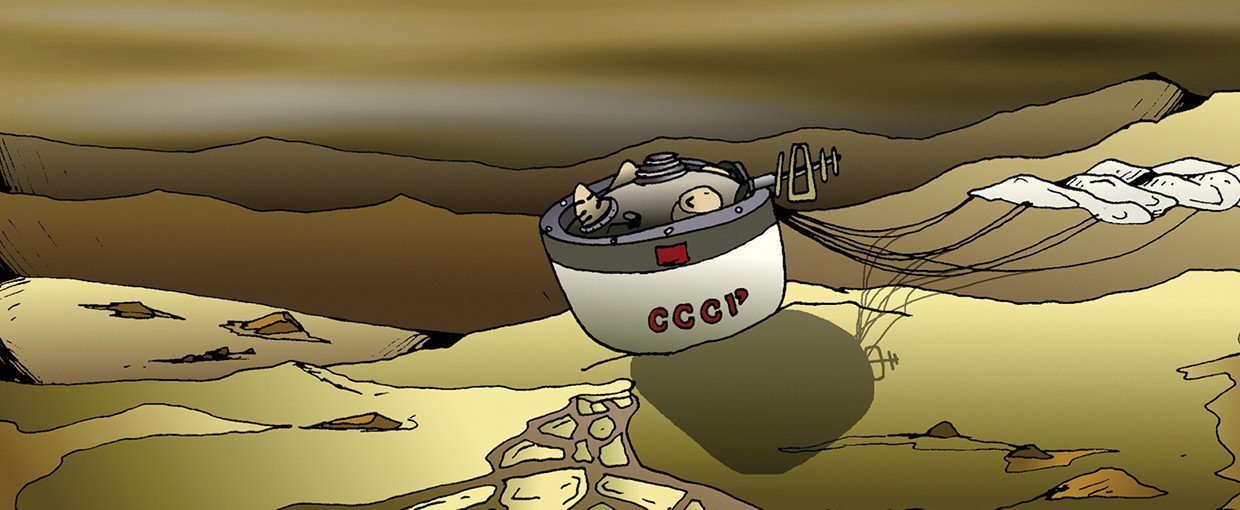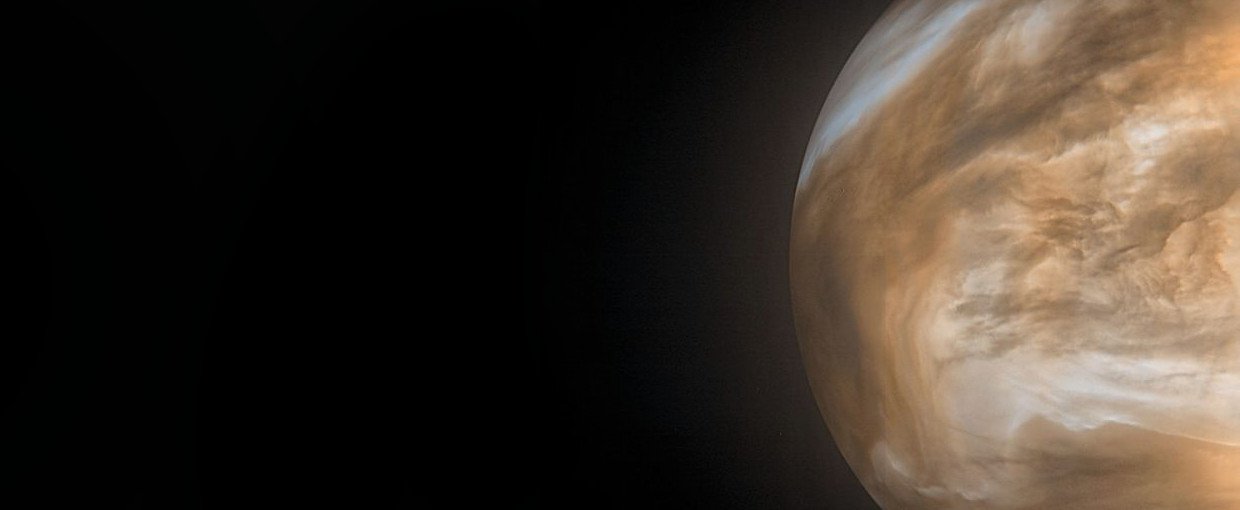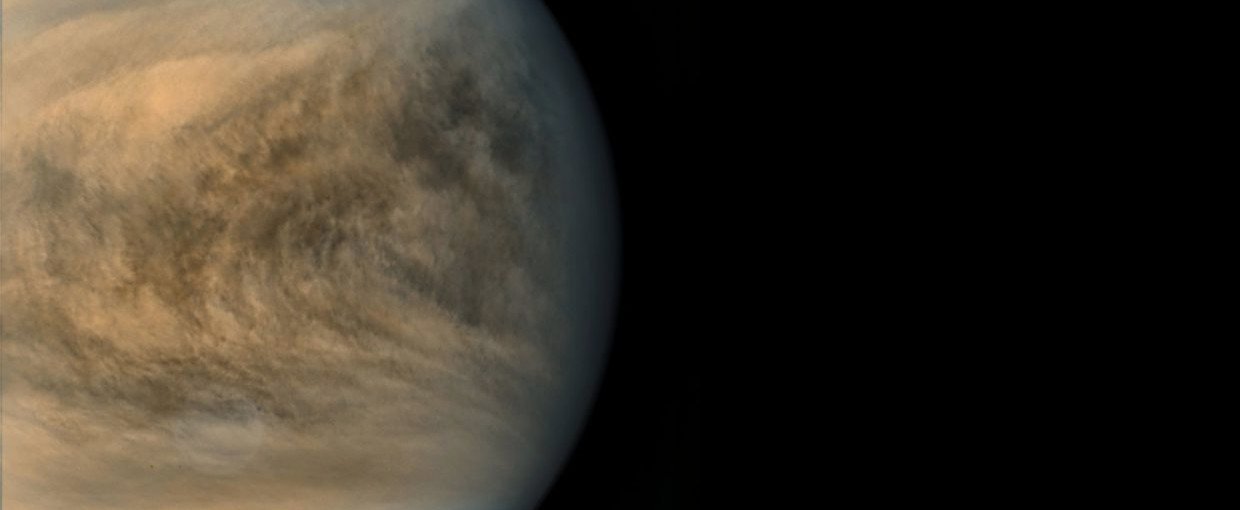Written byAaron Gronstal

Travel support to the International Venus Conference 2018 may be available for U.S. Students and Early Career Professionals (less than 5 years from PhD) from the Venus Exploration Analysis Group (VEXAG). The International Venus Conference 2018 is being hosted by the team behind the Japanese Venus Climate Orbiter “Akatsuki, “ and will be held from September 11th to the 14th in Niseko, Japan.
The conference are welcoming proposals from all areas of Venus science, including results from Akatsuki, previous missions, ground-based observation, numerical computations, and theoretical work.
In order to apply for travel support, provide your Travel Support Request by Friday, April 20, 2018 to twthompson@jpl.nasa.gov containing:
- 1. A short (<1 page) description of how your participation in this meeting will benefit you professionally and contribute to NASA’s explorations of Venus,
2. Your abstract for the Conference, and
3. Your resume.
For more information, visit: https://www.cps-jp.org/~akatsuki/pub/venus2018/index.html, or visit the Astrobiology Events calendar at https://astrobiology.nasa.gov/events/.

In 1970, Venera 7 made the first soft landing on Venus and returned 23 minutes of data. Image from Issue #3 of Astrobiology: The Story of our Search for Life in the Universe.Image credit: NASA Astrobiology Program.
Missions to Venus feature in Issue #3 of the Astrobiology Graphic History, Astrobiology, The Story of our Search for Life in the Universe: Missions to the Inner Solar System, available at: https://astrobiology.nasa.gov/resources/graphic-histories/

